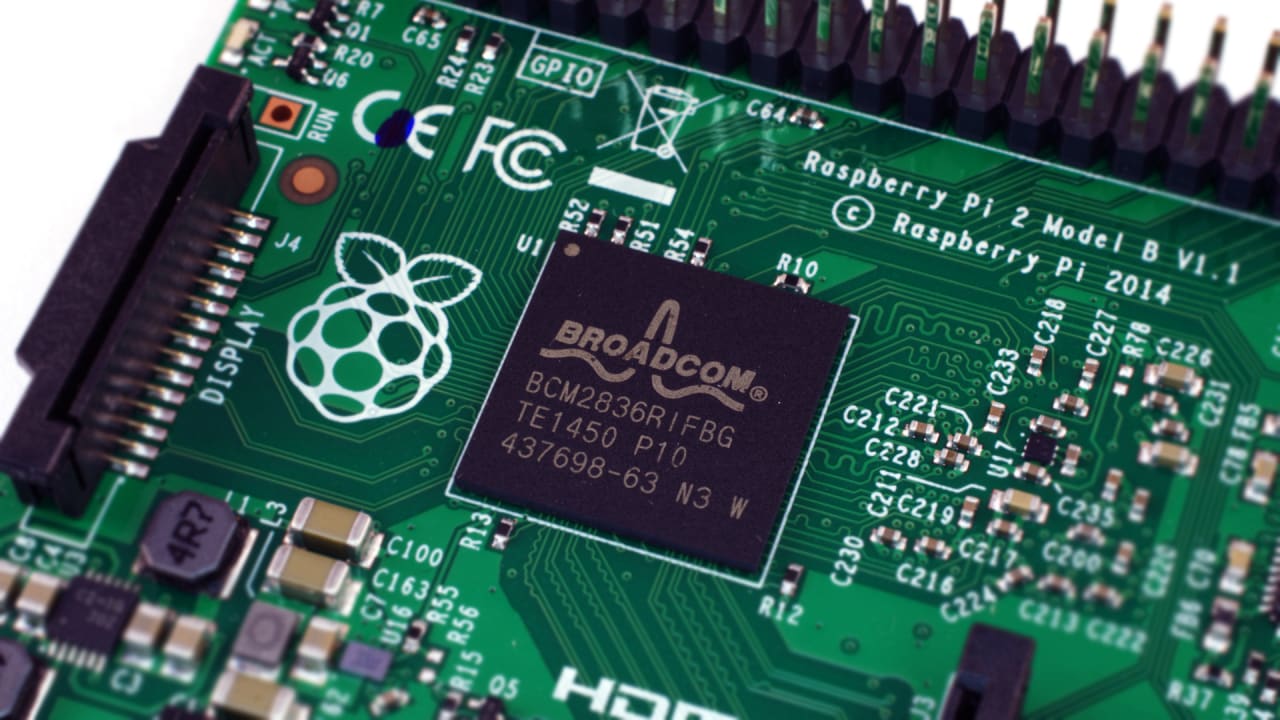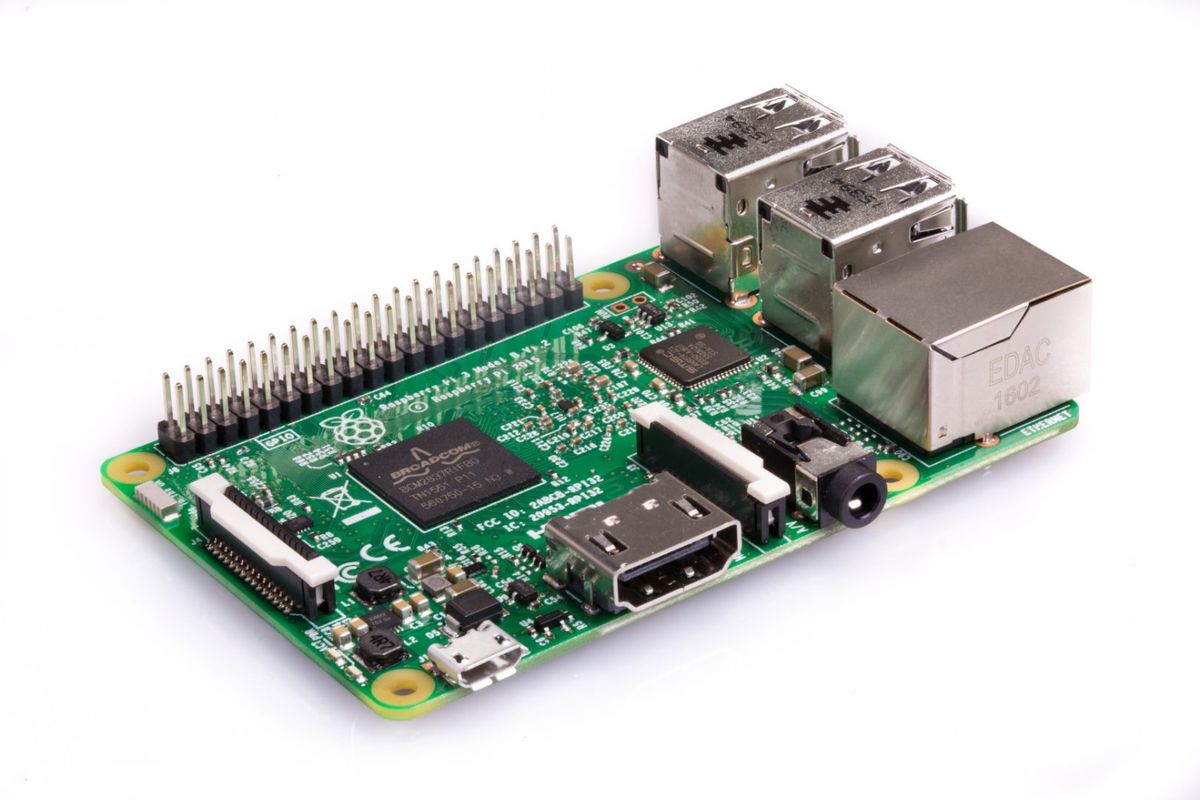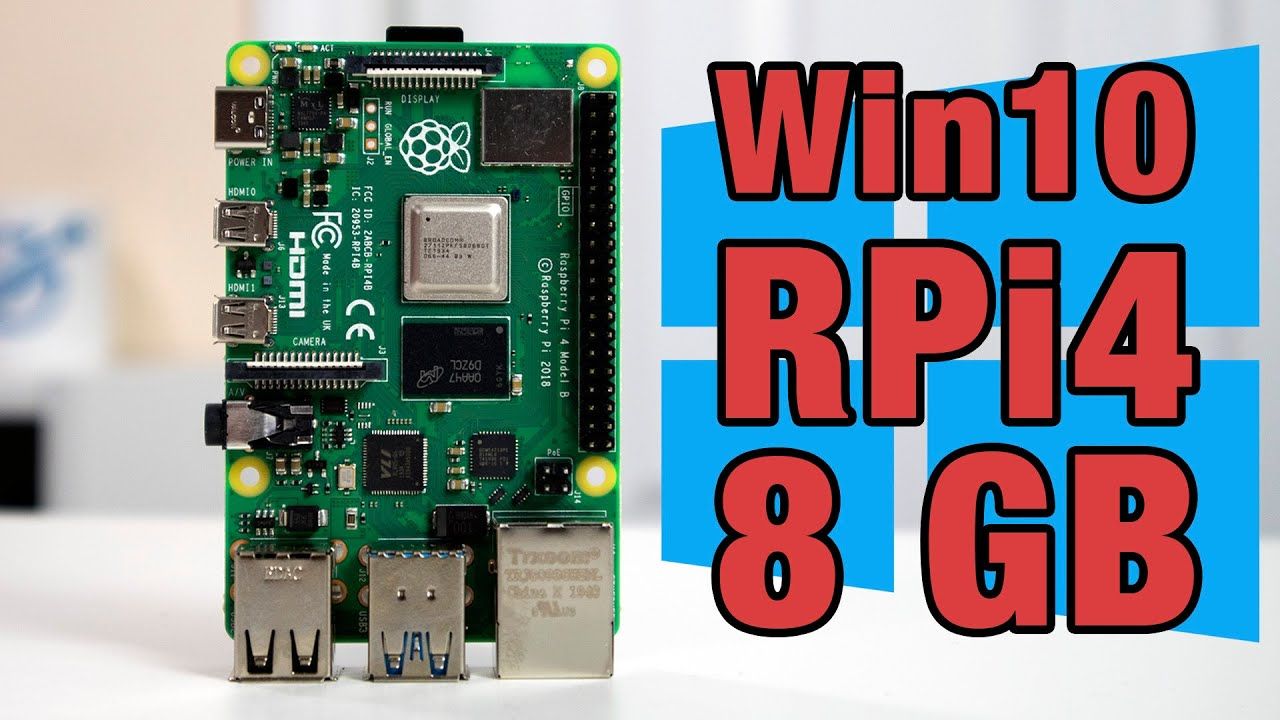

You may use the Epiphany web browser on the Raspberry Pi. A USB keyboard and mouse and an HDMI cable and monitor.Raspberry Pi Model B Revision 2, Model B+ or later, power supply, Ethernet cable.If you have a system that is running native Linux, then the steps will be similar to those on the Raspberry Pi device. Note: This tutorial assumes that you are using a Windows 7 OS. A computer running Windows 7, Mac OS 10.9 or Ubuntu 14.04.3 LTS, or later.Access to an Oracle IoT Cloud Service instance.You can also use telnet or another shell client such as PuTTY for Windows to access the Raspberry Pi from your host system. The command windows shown are those provided by the Raspberry Pi graphical user interface. This tutorial also assumes that you have attached a keyboard and monitor to the Raspberry Pi. This tutorial assumes that you have already performed the tasks in Setting up a Raspberry Pi Device to Run Oracle IoT Cloud Service Software. This tutorial takes approximately 20 minutes to complete. Then you will build and run a C POSIX application that simulates a device sending a message to Oracle Internet of Things (IoT) Cloud Service.

125 end end end end Start producing longer tracks.This tutorial shows you how to build the C POSIX Client Software Library sample on a Raspberry Pi, a credit-card sized computer. 125 end control rev, mix: rrand ( 0, 0. choose, release: r, cutoff: rrand ( 110, 130 ), amp: 0. 7 end end control rev, mix: rrand ( 0, 0. choose, release: r, cutoff: rrand ( 40, 130 ), amp: 0. choose, release: r, cutoff: rrand ( 50, 90 ), amp: 0.

125 do sample :ambi_lunar_land, sustain: 0, release: 8, amp: 2 end control rev, mix: rrand ( 0, 0.

25 end sleep 4 end end use_synth :tb303 with_fx :reverb do | rev | loop do control rev, mix: rrand ( 0, 0. 2 sample :elec_cymbal, rate: 12, amp: 0. times do sample :drum_bass_hard, amp: 0. Acid Walk in_thread do use_synth :fm sleep 2 loop do 28.


 0 kommentar(er)
0 kommentar(er)
